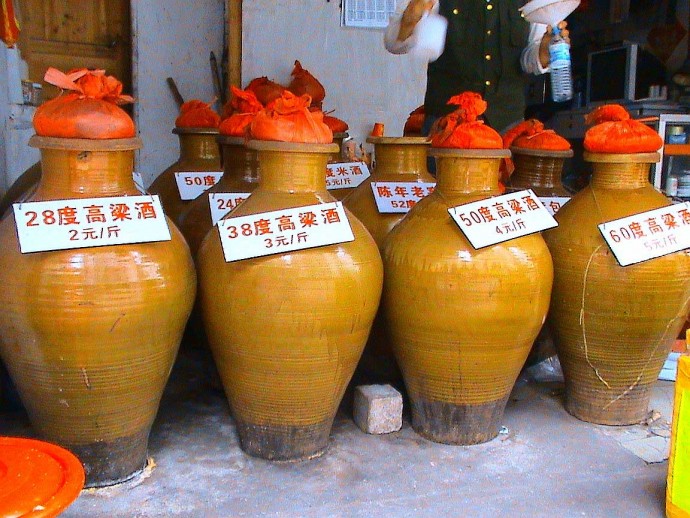These days, you can hardly walk into a bar without being bombarded by exotic-sounding spirits. Cachaça, genever, and mezcal have all become more or less household names among cocktail enthusiasts, and they’re gradually working their way into the vernacular of even the most casual drinkers. Who doesn’t love a good Caipirinha now and then?
But despite our recent familiarity with these liquors from around the globe, there will always be more remote corners of the drinking world to explore. In fact, with a little bit of digging, it’s surprising how many spirits fly completely under the radar in one country while being standard fare in another. Our list today is certainly guilty of being a bit Amerocentric, as a couple of the inclusions are quite popular in their home countries. In an effort to catch ourselves up with the rest of the world, though, we figured we had to start by sharing some of our favorite mainstays.
Sotol
Sotol is a Mexican spirit named for the plant from which it is distilled, a distant relative of the agave plant known commonly in English as Desert Spoon. It’s produced primarily in the border state of Chihuahua, but is also known as the state drink of Durango and Coahuila. Featuring a slightly smoky nose, much like its cousin mezcal, sotol is reminiscent of an earthier, more vegetal tequila and can be used in cocktails accordingly. It can be aged for various periods of time to produce plata (silver, or un-aged), reposado (aged for six months to one year), or añejo (aged for at least one year) varieties. While all three can be absolutely phenomenal, the latter two make for excellent sipping either on the rocks or neat like a nice scotch. This is definitely one for agave-lovers to keep an eye on, and though relatively limited in production, it’s steadily making its way into the American drinking scene.
Baijiu
Baijiu (pronounced “bye-joe”) is one of the most historically popular spirits in mainland China. The name simply means “white liquor” in Mandarin, and while typically distilled from sorghum, it can also be made from rice, wheat, barley, millet, or a number of other grains. Often served in a ceramic bottle and cups, it can be easy to confuse baijiu with various Asian rice wines like Japanese sake. But don’t be fooled—this stuff ranges from 40-60% ABV and packs a punch more reminiscent of vodka. In recent years, importers like the aptly-named byejoe have been making a serious push to popularize this spirit in American cocktail culture. Though it is certainly something of a complex and acquired taste, adventurous bars have even begun to work it into their cocktail menus.
Pulque
All right, this one isn’t really a spirit. Pulque is a truly ancient drink made from the sap of the maguey plant (Agave americana), originating in central Mexico over a thousand years ago. It’s milky, a little viscous, and produces a light foam almost like a creamy beer. This is another acquired taste, as it tends to be a little on the sour side, but once you get the hang of it it can be a really enjoyable beverage. Pulqueria in New York City has even gone so far as to make a cocktail out of it: the Sandia Pulque features fresh watermelon and mezcal to mellow out the sourness. Pulque saw a decline in popularity with the rise of beer in Mexico, and until recently has been relatively unknown outside of the country. We think it might just be primed for a comeback.
This is the first of an ongoing series of articles called Uncharted, in which we’ll explore the spirits, beers, and cocktail-loving cities less traveled by. Keep an eye out for more soon!
Photo: Baijiu on sale in a Chinese market / Wikimedia Commons




I’ve done some experiments with baijiu cocktails recently and would recommend the baijiu mojito, and the baijiu Russian with mint.
Those sound awesome! You should put the recipes on our site.